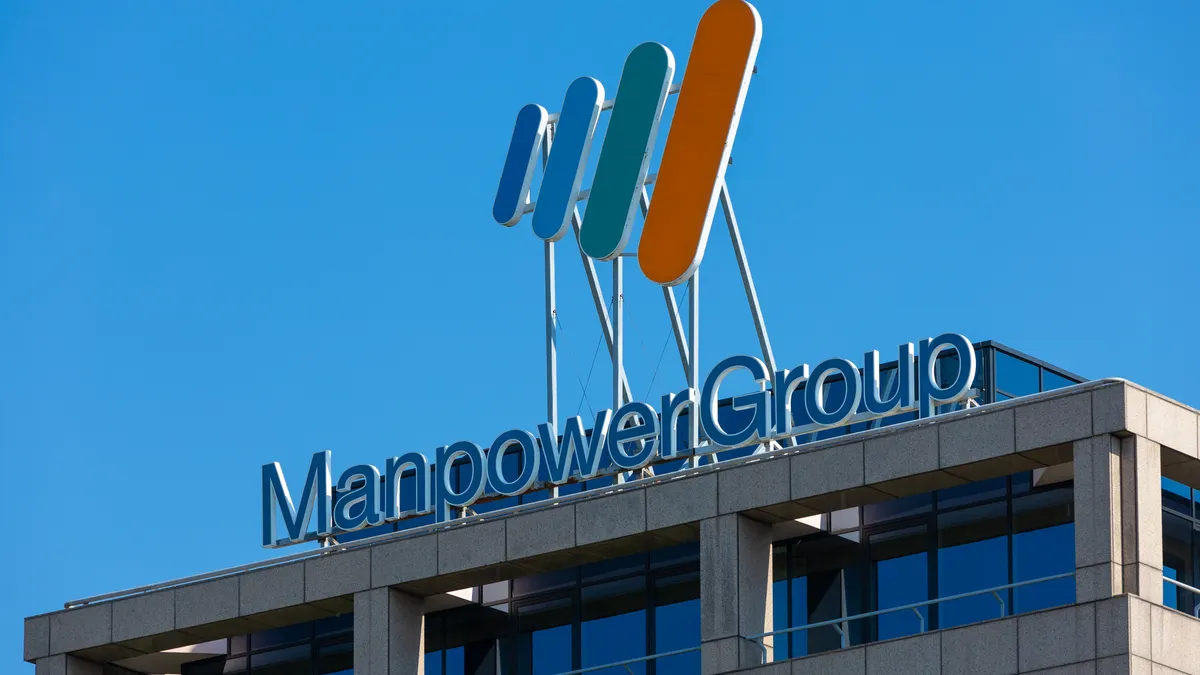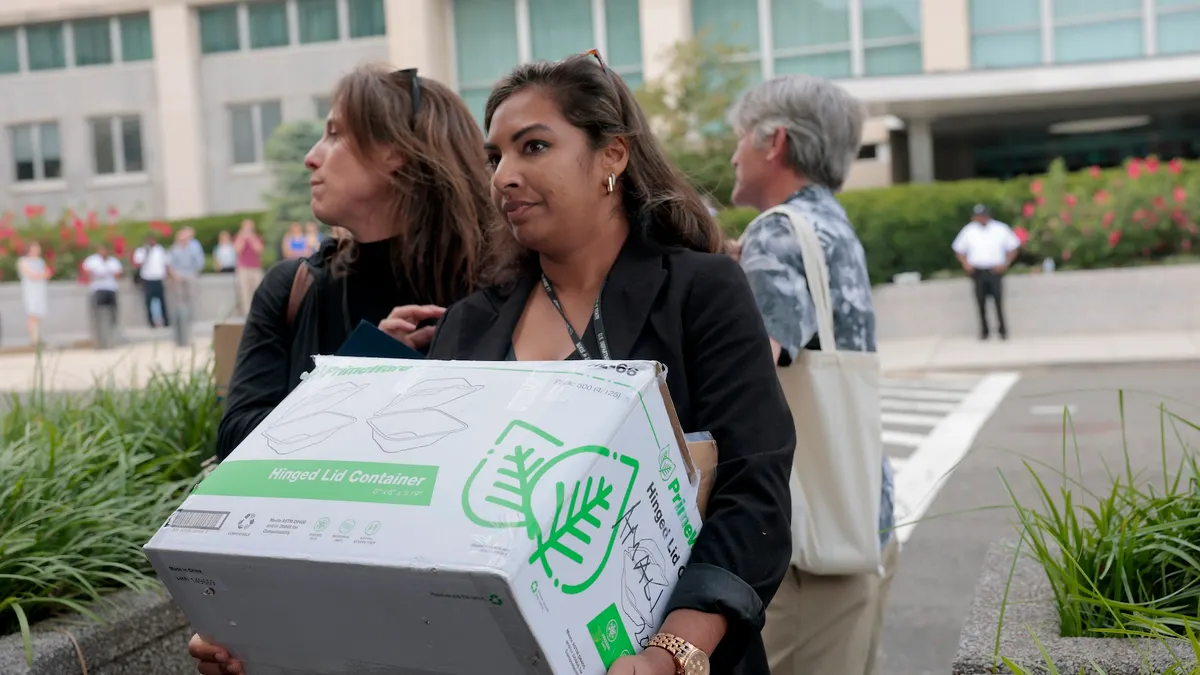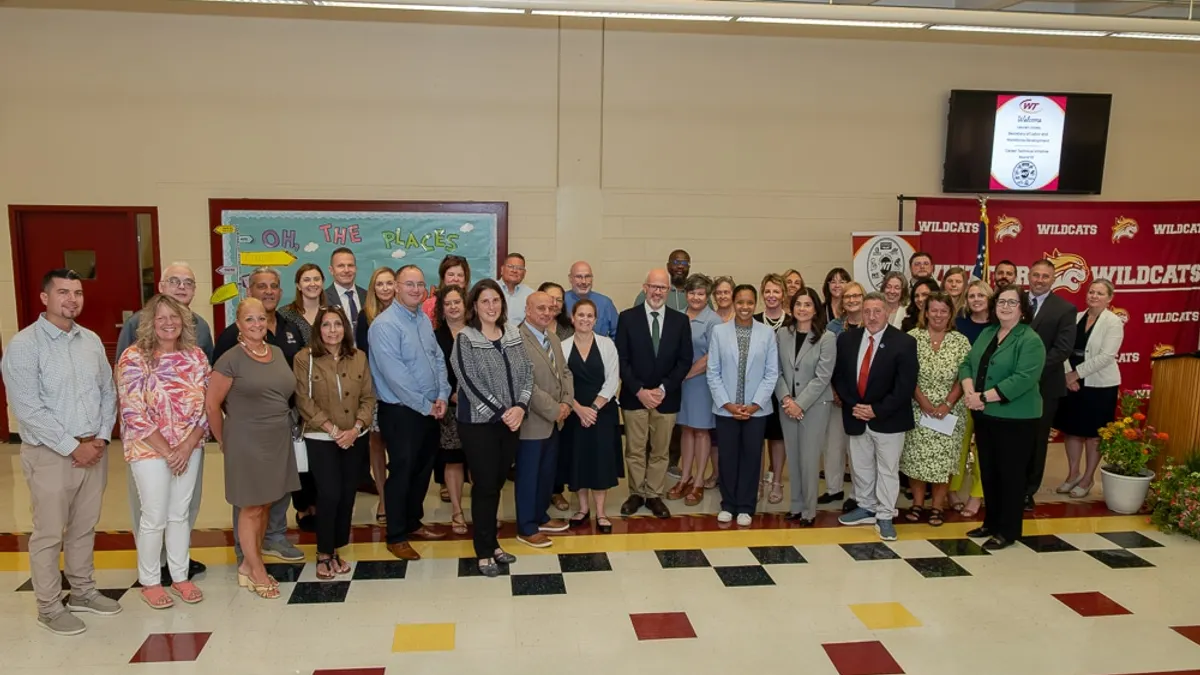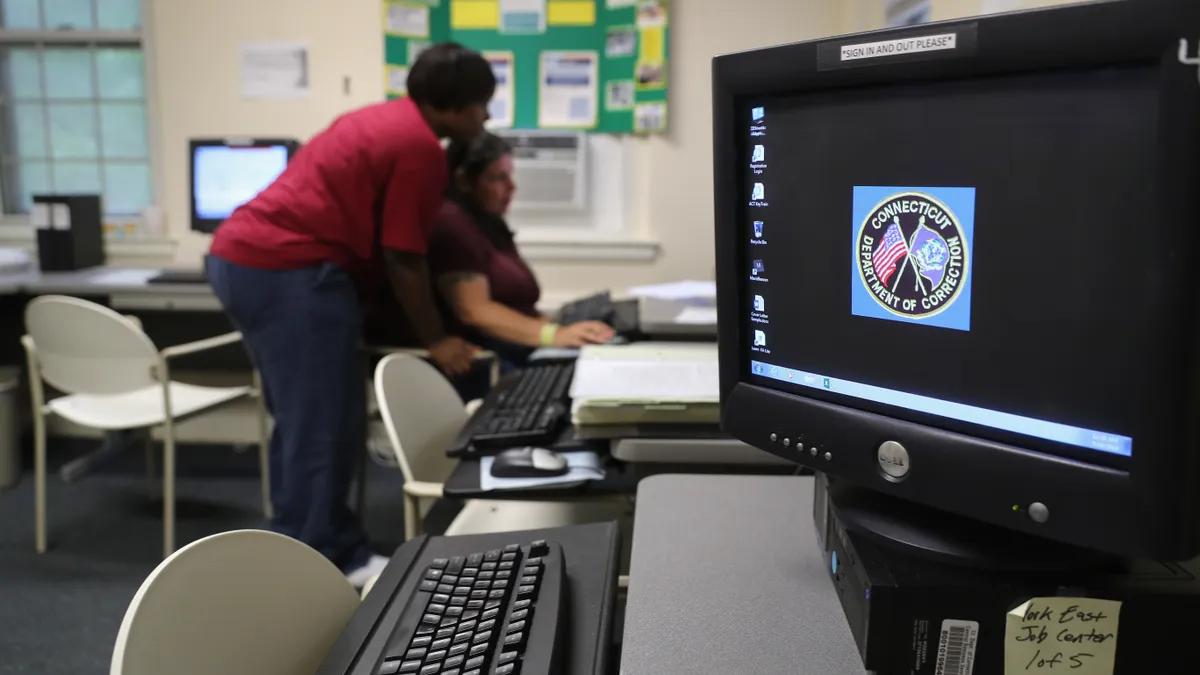The pandemic forced employers to rethink strategies for employee safety, work arrangements and more — and as operations solidified after the proliferation of vaccines, the need to re-evaluate employee experience emerged.
Two years after the World Health Organization declared a pandemic, 92% of employers reported that employee experience is a priority, according to data from Willis Towers Watson. That figure rose from 52% prior to the pandemic.
WTW attributed the prioritization of employee experience to its link to business outcomes; organizations believe a better experience will drive engagement, well-being, productivity and performance, it said. A positive work experience would also help offset the upheaval of the pandemic, the organization explained, which caused 56% of employers to change to a remote or hybrid model, 44% to cut people or hours, and 39% to cut pay and benefits.
But what constitutes employee experience? In addition to the nuts and bolts of employment, sources who spoke with HR Dive identified another element: employee appreciation.
Considering the changes, frustrations and tragedies workers endured during the pandemic — from professional to personal — employers ought to give serious thought to this element of employment, according to Suzanne McAndrew, global head of employee experience at WTW. "It should be a wakeup call,” she said in an interview. "There has got to be ways other than pay to recognize and appreciate and really meet employees where they are.”
The pandemic's longevity complicates employers' ability to deliver on appreciation, another source pointed out. Many employers are instituting yet another large shift as they begin to bring workers back to in-person operations, calling into question the matter of balance, according to Betsy Kauffman, an organizational design consultant who said she's working currently on this issue with all of her clients.
"Culturally, organizations are having to figure out how we're managing this, how we get people back to the office and still tell employees we care about them,” Kauffman said. "People have figured out how to work a somewhat balanced life at home. For us to appreciate that, we have to think about how we slowly get folks at a place where they can collaborate like they did two years ago.”
What does employee appreciation look like in 2022?
Whether employers are instituting a transition back to the office, have decided to keep remote work for good or are navigating somewhere in-between, appreciation is an important part of their employee experience strategy, sources repeatedly emphasized.
"We're seeing organizations looking across programs, people and connections to make [appreciation] work,” McAndrew said. "Forget the great resignation, this is the great recruitment. HR needs to understand the changing needs of what is offered across total rewards.”
Sarah Hamilton, vice president of global human experience at Workhuman, said her company — a vendor in the employee experience and appreciation space — had "a leg up” on administering employee experience during the initial days of the pandemic because of its product focus. Clients, however, were behind in determining how they could connect to their workforces amid turmoil.
"Really the best way to do that is to double down on employee recognition,” Hamilton said. "It has become such a big topic that everybody is thinking about.”
Kauffman noted the increased role appreciation played since the onset of the pandemic, too, and also observed a departure from the previous go-to methods of employee recognition. "The cupcakes in the office and the donuts and stuff — that doesn't resonate anymore,” she said. "What's more important are my values.”
Employees want to be seen, Kauffman said. And a closer-knit web of employee communications makes room for that visibility. She's seen an uptick in virtual recognition and engagement, with the instances marking smaller and more frequent occasions.
Hamilton made similar observations and encouraged employers to think beyond the material in planning out their employee appreciation strategy. Recognition doesn't have to take the form of a physical gift, she noted. In fact, departing from bigger, less frequent tokens of appreciation allow employers to tap into employees' personal lives — a move enabled by the pandemic.
"We've had a much bigger window into people's personal lives. We know people's pets, families, partners, living rooms. It's been such a unique opportunity,” Hamilton said. "It's been one of the benefits of the pandemic because it's brought us closer and made known that there's more than work.”
With that in mind, employers can take opportunities to recognize professional and personal milestones alike. WorkHuman celebrates life events — highlighting team members' personal achievements, from moving to a new apartment to welcoming a new baby.
Kauffman and Hamilton agreed: By implementing employee appreciation in a way that unites the professional with the personal, employers can help employees make connections with each other.
As employers navigate the new world of employee experience and appreciation, they'll want to ensure that whatever approach they take is applied with consistency. While a more personal, more frequent and less formal approach may create the desired results, it's also harder to instill and maintain than a regimented program, Kauffman noted.
"You may have one leader who's amazing at appreciation and another who's not,” Kauffman said. "It's really about implementing appreciation consistently. How do you make sure everyone feels connected to the organization, to the leader, and to each other?"






















